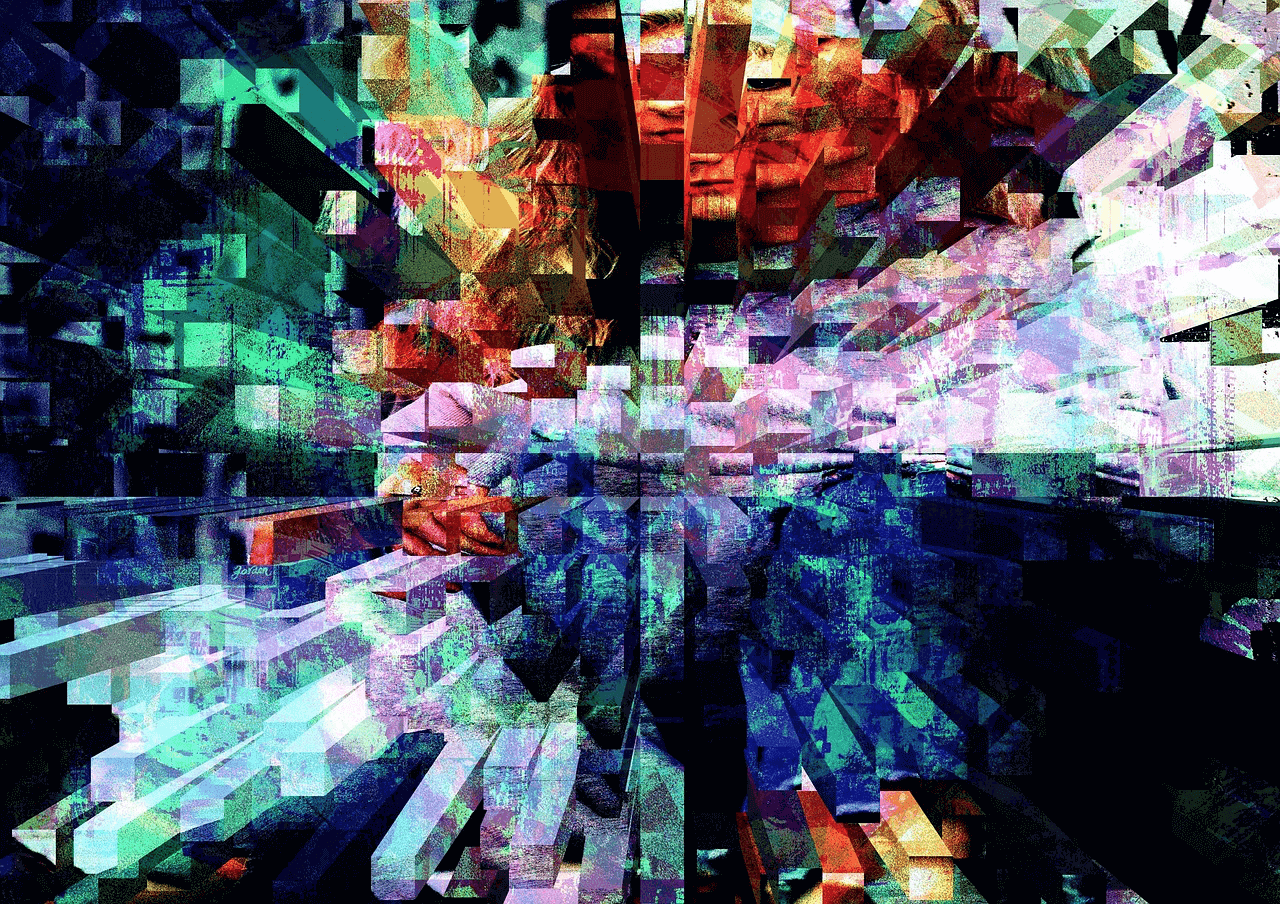3D is sooo last year. We’re totally over it. 4K is our new BFF. We’ve even seen it on a demonstration screen at NAB. It is so cool, and you don’t even need ugly glasses:
Yes, my friends, it seems the doom-mongers were right and 3D television was just a passing fad. Consumers did not want to sit at home wearing glasses, and it transpired that they were not that keen on tigers appearing to sit on their coffee tables.
Out goes 3D, here comes 4K
But this is not the end of the world, because the R&D departments of the big consumer electronics companies have a new idea: 4K television. Actually it is not quite 4K. We are talking a screen size of 3840 x 2160, because that is a convenient, double the resolution of HD in each direction. And four times the pixels of HD has got to be four times as good, right?
Well, up to a point. First, to see the extra resolution you need a bigger screen. That changes viewing habits: you are not looking at a picture, you are exploring it, moving your eyes around the screen. That may not be a bad thing, certainly for big programs like wildlife documentaries and sport. But I think there are some things we can do which will get us a much bigger improvement in picture before we just throw more pixels at the screen. First – and if you are a regular reader of this column you will probably guess what I am about to say: we have to consign to history the evil that is interlace.
We also need to consider how many of those lovely progressively scanned pictures we would like. If you have ever had the chance to look at high frame rate television – say 100 progressive frames a second – then you will have been astounded at how much sharper it looks, even though it is still in humble old HD.
A higher frame rate, of course, means more data. But so does having four times as many pixels. Not to mention the NHK Super Hi-Vision 8K system, which has 64 times the pixel count of HD.
HEVC
The good news is that those very very clever mathematicians who develop compression codecs for video have come up with a new solution: HEVC. It’s called High Efficiency Video Codec for a reason: it packs a lot of data into a small stream.
So HEVC can make high frame rates possible. And 4K. And – this is the bit I really like – it does not allow interlace. When we are ready for 4K production, then HEVC will be able to deliver it. It might be a broadcast stream, although I think it is more likely it will be online. 4K will not be practical in the very near future, and certainly not as fast as the consumer electronics companies would like us to replace our televisions. But it will come, as will other advances.
When it does, it will be because creative program makers want to make use of the additional quality that more pixels, or more frames, or both, will deliver. In turn, that means keeping as much of the quality as is humanly possible, all the way to the final screen in the home. And when that happens, I hope that my eyesight is still good enough to be able to read the manufacturers logo on the pedals of the riders as they ride the Tour de France in 4K. If you happen to be at IBC next month then come and check out how it’s done on stand 7.H39.
Featured in: Video Transcoding
With 30 years in the industry, Bruce looks after Media Technology for Dalet. An engineer who designed antennas, ASICs, software, algorithms, systems and standards, Bruce is best known for being @MrMXF and you can get his book on Amazon.
More Articles By Bruce



